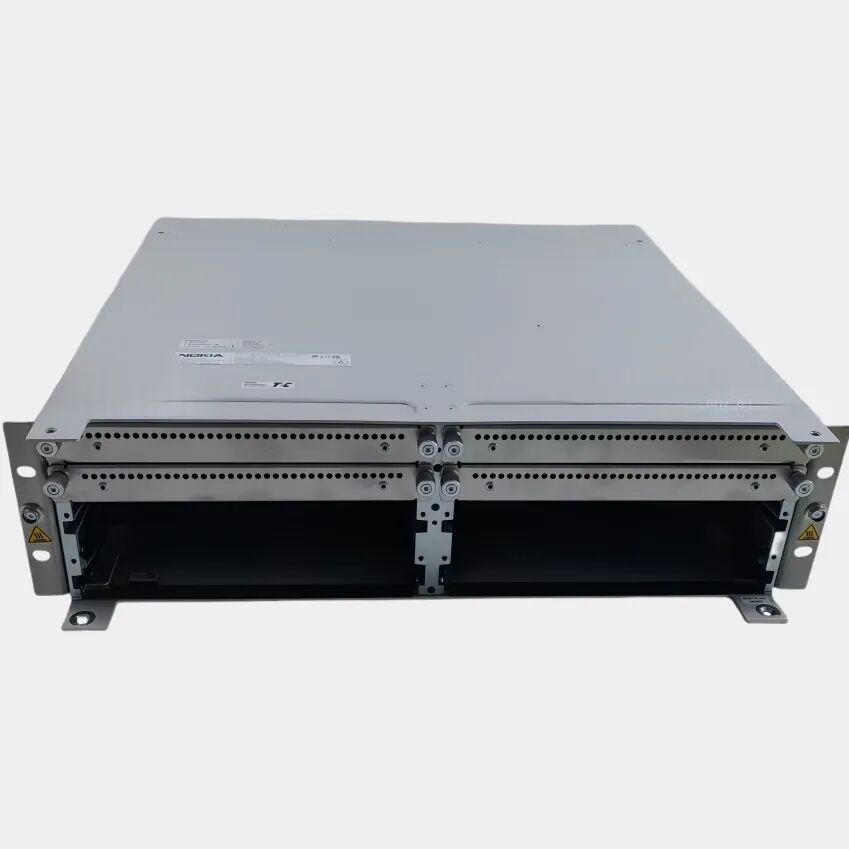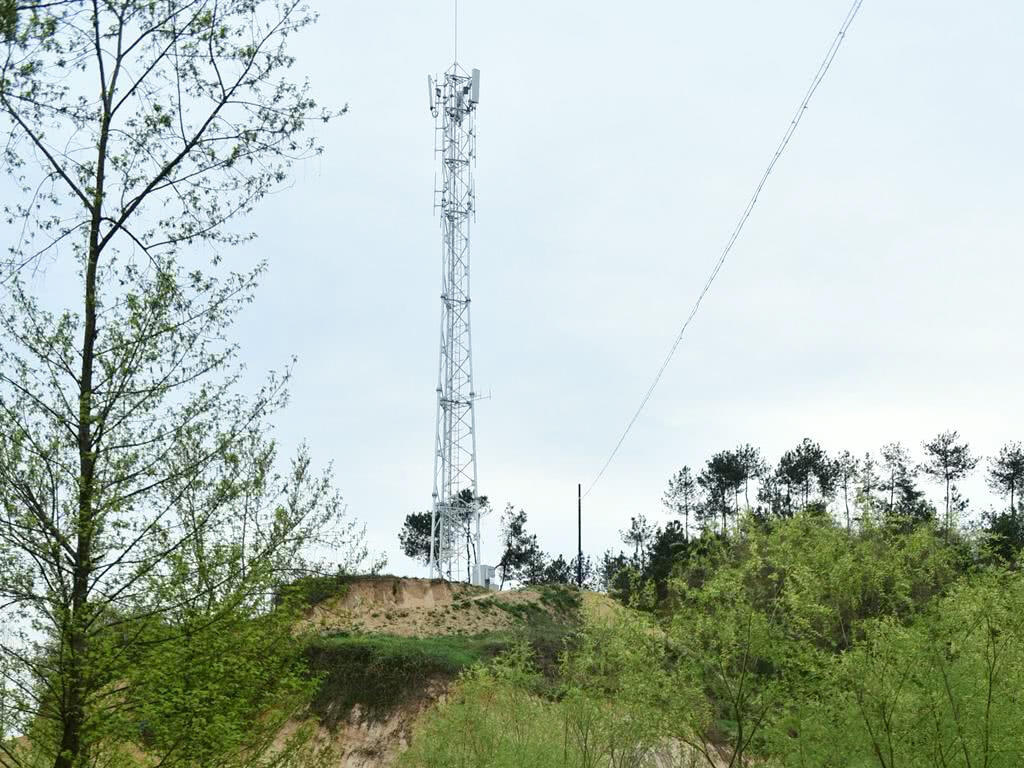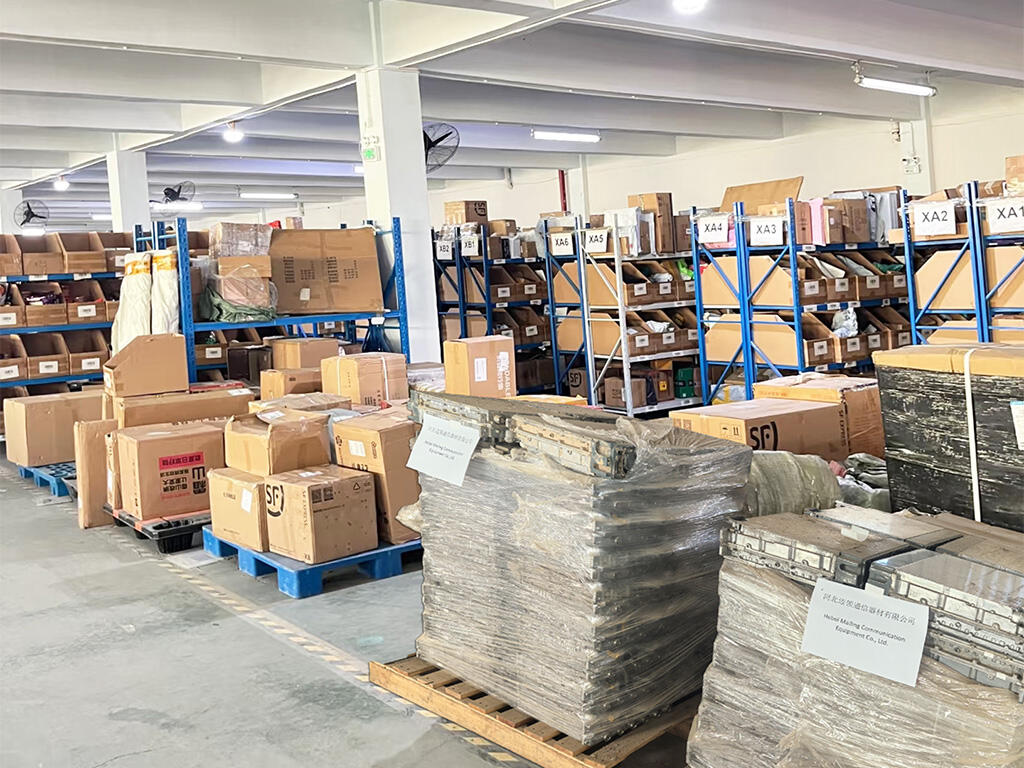4G LTE (Frequency Division Duplex) FDD-ның дамуы мобилдық коммуникация жүйелеріне інтегралдауларға ұранының артқан танымалдығы мен қабылдандығы себепті. Бұл мақала 4G FDD LTE базалық процессорлық панель не болатын, олар қандай іс-әрекеттерді орындайды және телекоммуникация саласында олардың маңыздылығы туралы түсіндіреді. Сонымен қатар, шығармашылар мен пайдаланушылар арасында жылдам деректерді өту үшін компоненттердің жеткілікті түсінігі қажет екенін білу керек.
4G LTE FDD технологиясын түсіну
FDD 4G LTE екі түрлі бендтің комбинациясын пайдаланады, ол сіnge және шығару арқылы әдетте екі таңбалы деректер жүгірімін (uplink және downlink) қамтамасыз етеді. Бұл екі бағыттағы деректер жүгірімін бір уақытта өткізу мүмкіндігі көпшілікті жақсартады және кем дейін (latency) болады. Олардың базалық бендде обработка сипаттамаларының көп санды сигналдарына қажетті және тез қолданба менеджментінің барлық обработка іс-әрекеттерін қамтамасыз етуі мəңгілік. FDD-ның мобилдік тікелердегі рөлі мобилдік тікелердің қызметкерлігін жақсарту, ол видеоттық стриминг, онлайн ойындар және басқа көптеген қолдауына қол жеткізуге де мүмкіндік береді.
Базалық Бендде Обработка Сипаттамаларының Компоненттері
4G LTE FDD мүмкіндіктері бар ұялы телефондарда, Аналого-Дидиталдық Конвертерлер (ADC) пен Дидиталдық Сигнал Процессоры (DSP)мен атап алатын күрделі функцияларды орындау мүмкіндігі бар шектеушілер қосылады. Табандағы модульдер немесе блоктар әрбір мәселелерге қатысты есептеулердің интеграцияланған шешімдерін (ASIC) пайдаланады, олар чек көзінде программаланған шақтылар (FPGA). Бастапқы LTE FDD табандық сигналы логикалық негізгі бөлігі (LMU) DSP, AGC, ADC және сәйкесінше реттелген осцилляторлар мен FPGA-лардан тұратын негізгі компоненттермен беріледі. Мобильді коммуникация жүйелерінің әрбір моделі өте жоғары дәрежедегі дәлдік пен сенімділікке жету қажет. Сілтемелер немесе DSP құрылғылары мен сәйкесінше сигналдарды модуляциялау-демодуляциялау және аналогты-дидиталды конвертерлеу субсистемасының көмегімен маңызды талаптарға сәйкес келеді.
Табандық Сигналдың Өңдеуінің Пайдаланулары
Тақтадың қосымшалылығы және мүмкіндігі, мысалы, өзгертілген интерфейс AP модулдері немесе programmaлауға жол ашуы мүмгін зерттеу интерфейстері тікелей жаңа аппараттық элементтерді інтегралдауда қолайлы болғанда артады. 4G LTE мүмкіндігін орындаушы процесстік тақталар басқа көшпенді технологиялардан кеңірек қолданылады. Таблеткалардан шынымен телефондарға дейін, құрылғылардың көшпенді технологиялары пайдаланушыларға дүниежүзілік коммуникациялық мобильдік береді. Базалық станциялардың ядролары ретінде қандай да бір тікелей сүйкістің құрылымын және конфигурациясын қамтамасыз етуге қатысты базалық сигналдар қашықтағы қолданбаларға ие. Сондай-ақ, олар динамикалық көзделу, зерттеу интерфейстері, зерттеу денсаулық системалары және операциялық қызметкерлікке бағытталған зертеу қала технологияларының кеңістіктерін қалыптастырудың негіздері де болып табылады.
жылдар boyыnda 4G LTE FDD технологиясының дамуы
4G LTE FDD технологиясының дамуы жалғасады. 5G тікелейлерінің қосылуымен бірге, ғанағы 4G системасының инфраструктурасының мүмкіндіктерін жетілдіруге шақырылуда. Beamforming және Massive MIMO сияқты жаңа әдістер базис процессорлық панелдердің өңдеу қабілетін жоғары деңгейде жиірлеуге көмектеседі. Тікелейлердің басқаруы мен оптимизациялары Artificial Intelligence (AI) және Machine Learning (ML) сияқты технологиялар арқылы қосымша жетістікке жетуге дайын.
Соңғы ойлар
Жалпылау арқылы, телекоммуникациялар саласында 4G LTE FDD базалық процессорлық тақтalar үнді компоненттер. Олардың жоғары деңгейдегі мәлімет ауыстыру жылдамдығы және көп нәрсе бір уақытта іске асыратын қабілеттері оларды байланыс құрылғыларының қажетті элементіне айналтады. Осы өзгерістер мен инновацияларды білу сияқты, олар өзгерістерімен берілген технологиялар мен инновациялар әліппен операторларға және пайдаланушыларға көмектеседі. 4G LTE FDD технологиясының өзгерістері мен мүмкіндіктерін білу кез-келген уақыттан бастап дұрыс жоспарлауды және қазіргі уақытта дұрыс шешімдерді қабылдауды қолдайды.










